This is part of a series of posts about the Nikon D5. The series starts here:
This is a continuation in the development of a testing protocol for measuring the AF speed of camera/lens combinations with static targets. I swapped the 135/2 DC-Nikkor for a more moderns lens, a Nikon 105/2.8 AF-S G VR macro,As before, I set the AF priority to “Release”.
I changed the illuminant from overhead florescent tubes to Westctt LED panels set to 5000K. That will give me the ability to change illuminant intensity without change its spectrum much.
As I expected, it focused a lot faster:
That’s with the time base set to 20 milliseconds per division:
Let’s take a closer look:
So That means the camera is focusing and tripping the shutter in a little more than 100 msec; compare that to about 80 msec for manual focusing. This was for a starting focus of pretty close to correct, and there was some variation, maybe plus or minus 10 msec for a standard deviation (that’s just eyeballing it).
If the focus is further off at the beginning, it takes the camera longer to focus, in the case below about 20 or 30 msec longer:
If it’s way off, it can take 200msec:
The D5 still continues to refuse to focus when started some distance from the correct distance and triggered by the Cognisys controller. Sony a7x cameras will focus under those conditions.
However, the camera will trigger the scope from the remote trigger line, as before. Today, I discovered that this only focus when the Cognisys controller is turned on. I think that probably the controller provides a bias signal that the camera shorts out, and that’s what triggers the scope. Will this happen with other Nikon cameras? I don’t know.
Even with the basic test method nailed down, there are a host of variables. Among them:
- Distance to target
- Initial focusing distance
- F-stop (probably will have no influence on DSLRs, but probably will on mirrorless cameras)
- Target characteristics
- Illumination
I suppose, if I were a model railroader, I could figure out a way to get a moving target. I do have a shake table. I wonder if that will work.
This testing has the potential to be a huge time sink, and I’m a little scared of it for that reason, but it’s beginning to look feasible.
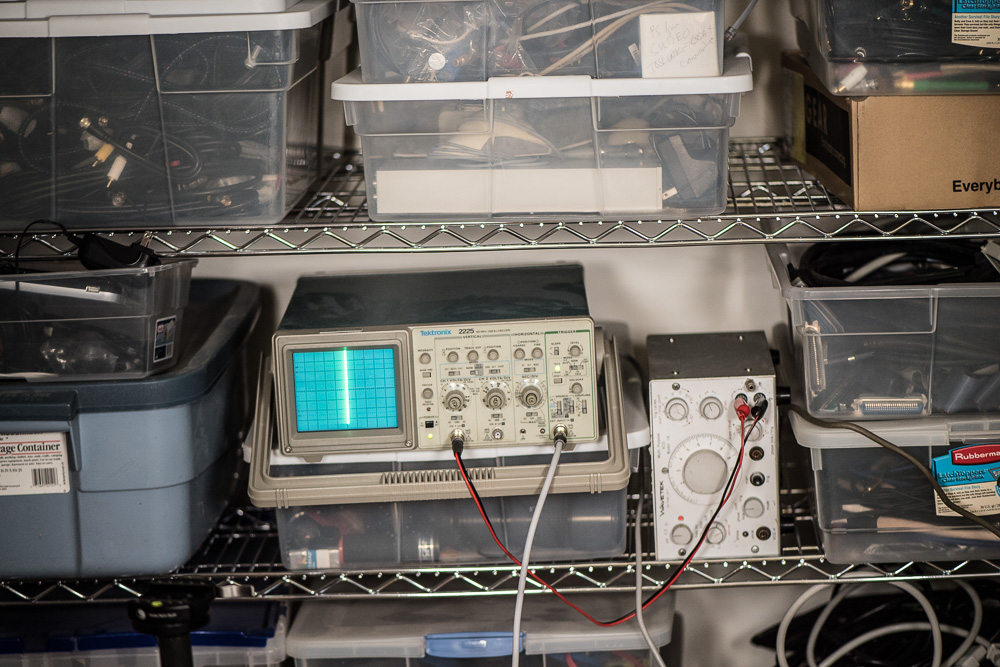
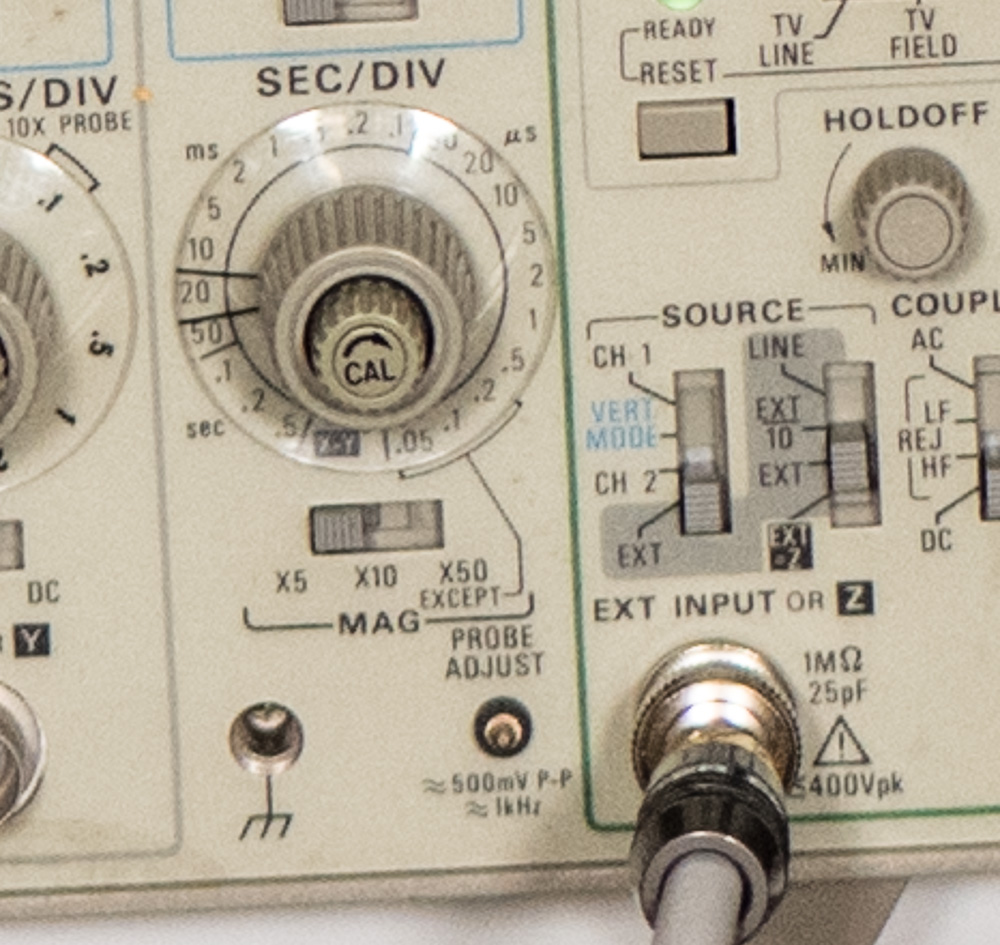
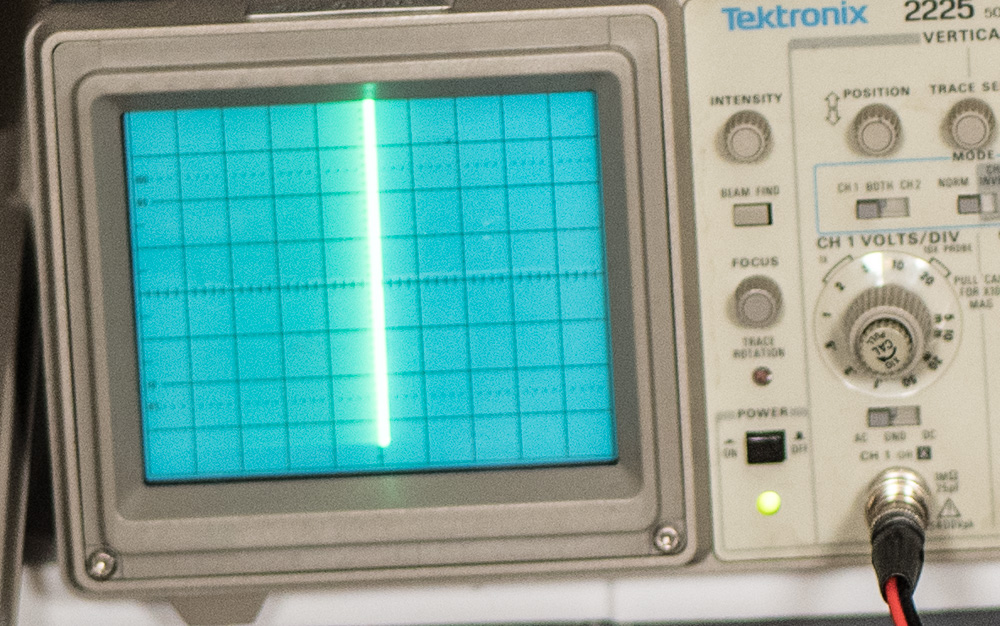
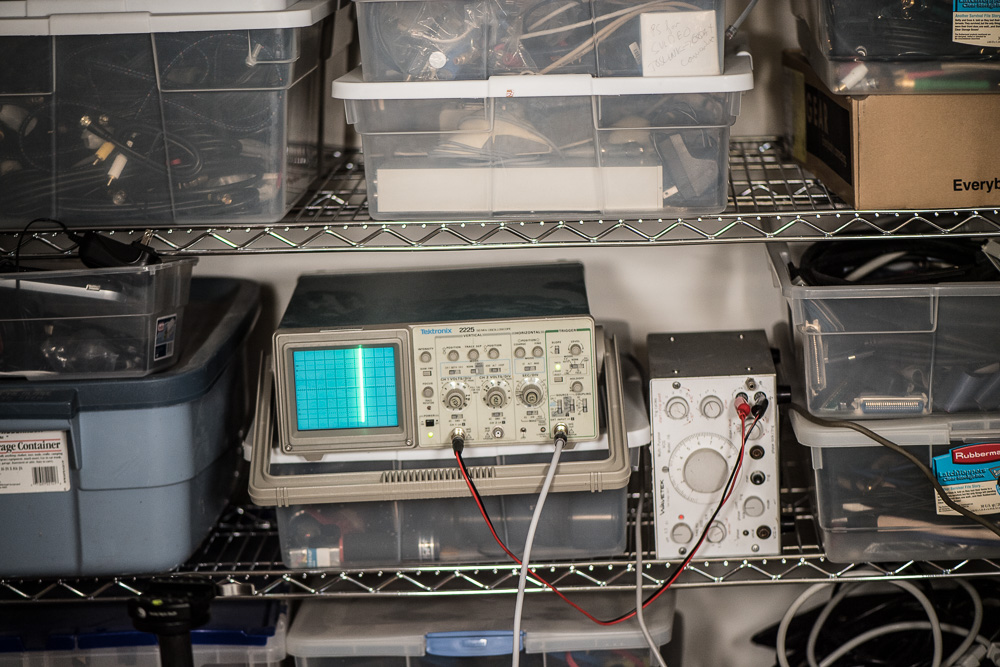
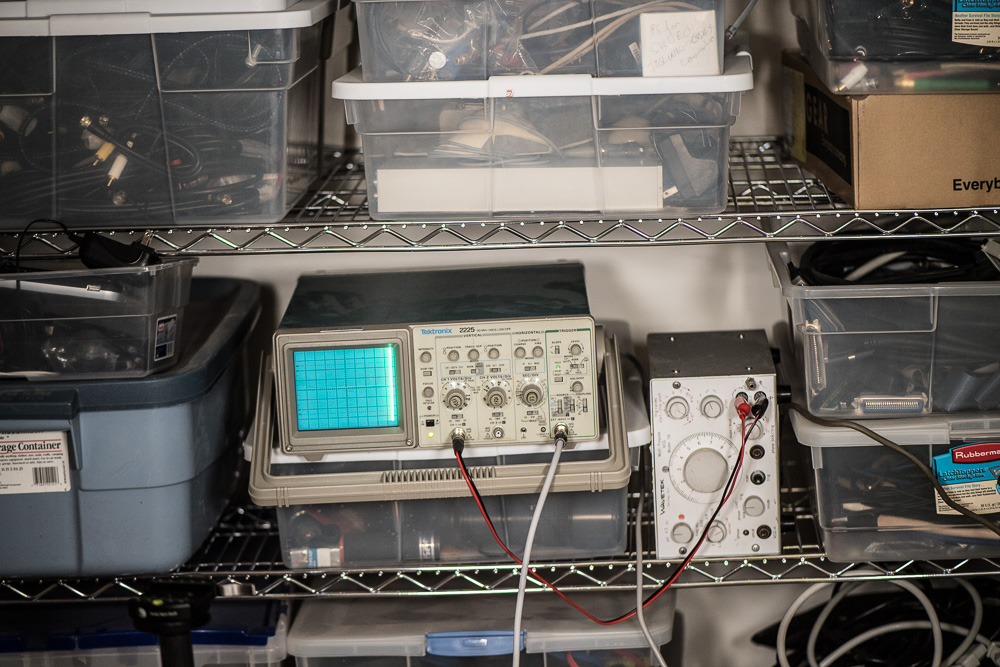
Leave a Reply